At present, there are different standards for plugs in the world, such as the British standard, the national standard, the American standard, the European standard, the South African standard, and the Italian standard. For the convenience of everyone, I have sorted out the voltage of each country and the plug.
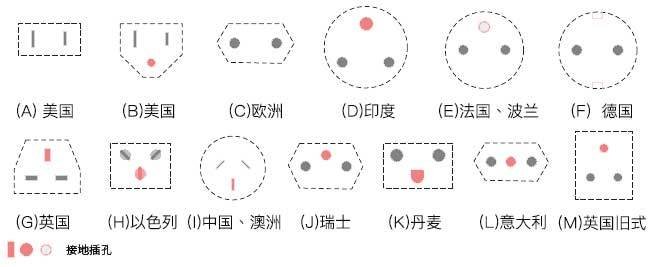
【Voltage overview of countries in the world】
At present, there are generally two types of voltages used in indoor electricity use in countries around the world, namely AC 100V-130V and AC 220-240V.
100V, 110 ~ 130V are classified as low voltage, such as the United States, Japan, etc. and the voltage on board, focusing on safety;
220-240V is called high voltage, including 220V in China, 230V in the UK and most European countries, focusing on energy conversion efficiency.
In countries that use 220-230V, there are also cases where 110-130V is used, such as Sweden and Russia.
100VAC: Japan, Korea 2;
110~130VAV: 30 countries including Taiwan, the United States, Canada, Mexico, Panama, Cuba, and Lebanon;
220~230VAV: China, Hong Kong (200V), UK, Germany, France, Italy, Australia, India, Singapore, Thailand, Netherlands, Spain, Greece, Austria, Philippines, Norway about 120 countries.
Countries compatible with two voltages: Cuba (110V, 220V), Saudi Arabia (127V, 220V), Indonesia (127V, 240V), Vietnam (127V, 220V).
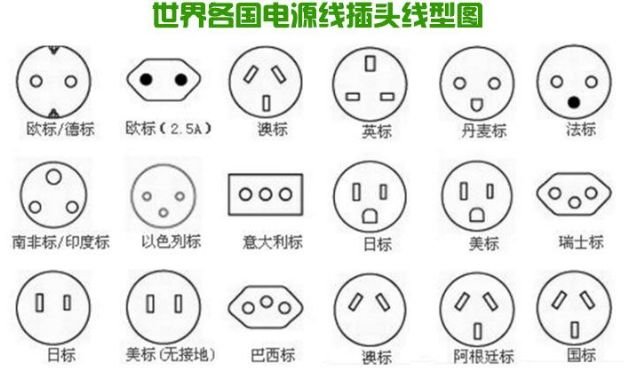
100~240V means that the charger is easy to use when the voltage is between 100V and 240V. The frequency of such a charger should be 50HZ~60HZ, which means that the charger is suitable for most countries in China and abroad. The voltage doesn't matter, as long as it matches your electrical appliances, you can use it. The main thing is the frequency. Most chargers have an adaptable voltage of 100-240V/50-60Hz, which is universal in the world, so take a look at your charging The device label can be used.
【Power plug standards around the world】
1. Australian plug
Australian plugs are used in Australia, New Zealand, Argentina and other countries.

2. American standard plug
American standard plugs are used in the United States, Canada, Mexico, Japan, Brazil, the Philippines, Thailand, Colombia, Dominica, Ecuador, Venezuela, Puerto Rico, the Cayman Islands, the Philippines, Haiti, Cuba, Peru and other countries and Taiwan.
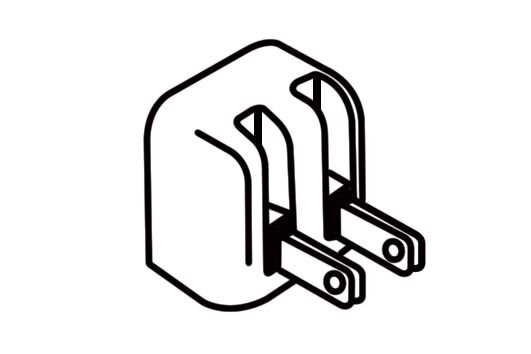
3.British standard
British standard plugs are used in Hong Kong and the United Kingdom, India, Pakistan, Singapore, Malaysia, Indonesia, Maldives, Qatar, United Arab Emirates, Cyprus, Brunei, Ireland, Uganda, Maldives, Nigeria, Ghana, Sri Lanka, Tanzania and other countries and regions.
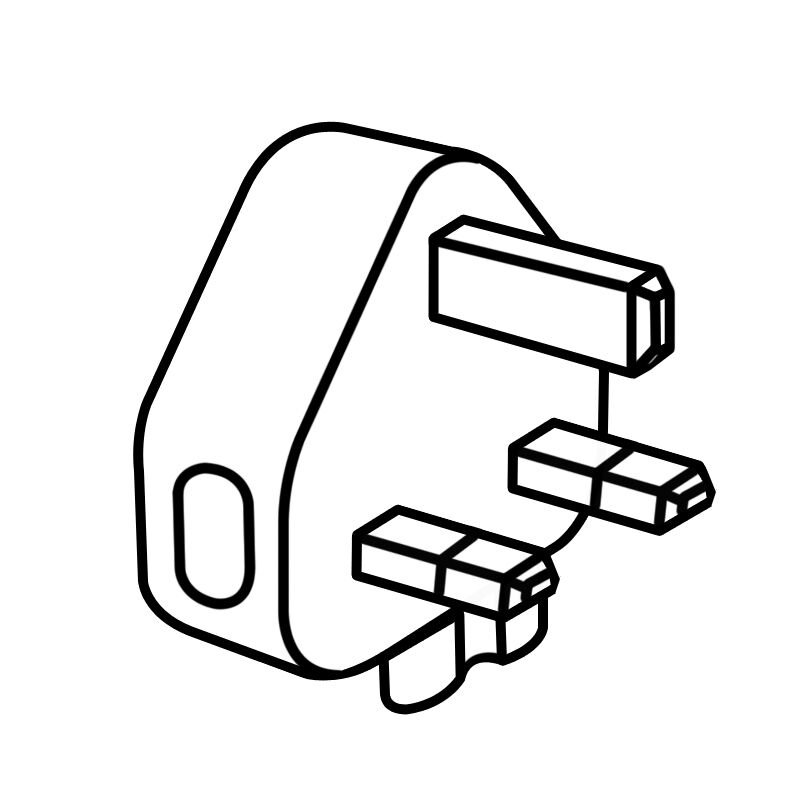
4. European standard
European standard (German standard) plug in Germany, France, Netherlands, Denmark, Finland, Norway, Poland, Portugal, Austria, Belgium, Hungary, Spain, Sweden, Italy, Israel, Romania, Kazakhstan, Central African Republic, Turkey, Argentina , Slovenia and other countries and South Korea, Russia and other countries, the feature is two round heads.
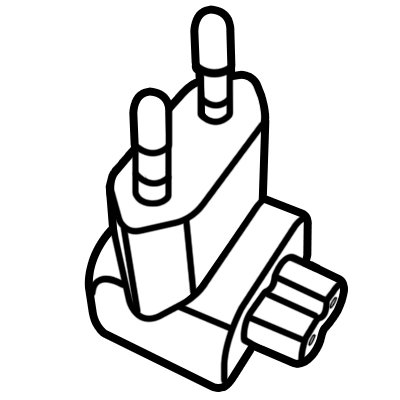
【Universal plug】
Applicable countries: Germany, Japan, the United States, Australia, New Zealand, the United Kingdom, Italy and more than 200 countries are applicable
If you feel that it is very troublesome to choose a charger when traveling abroad, I suggest that you can choose a universal charger.
But someone will definitely ask, do you still need to buy a transformer after buying a conversion plug?
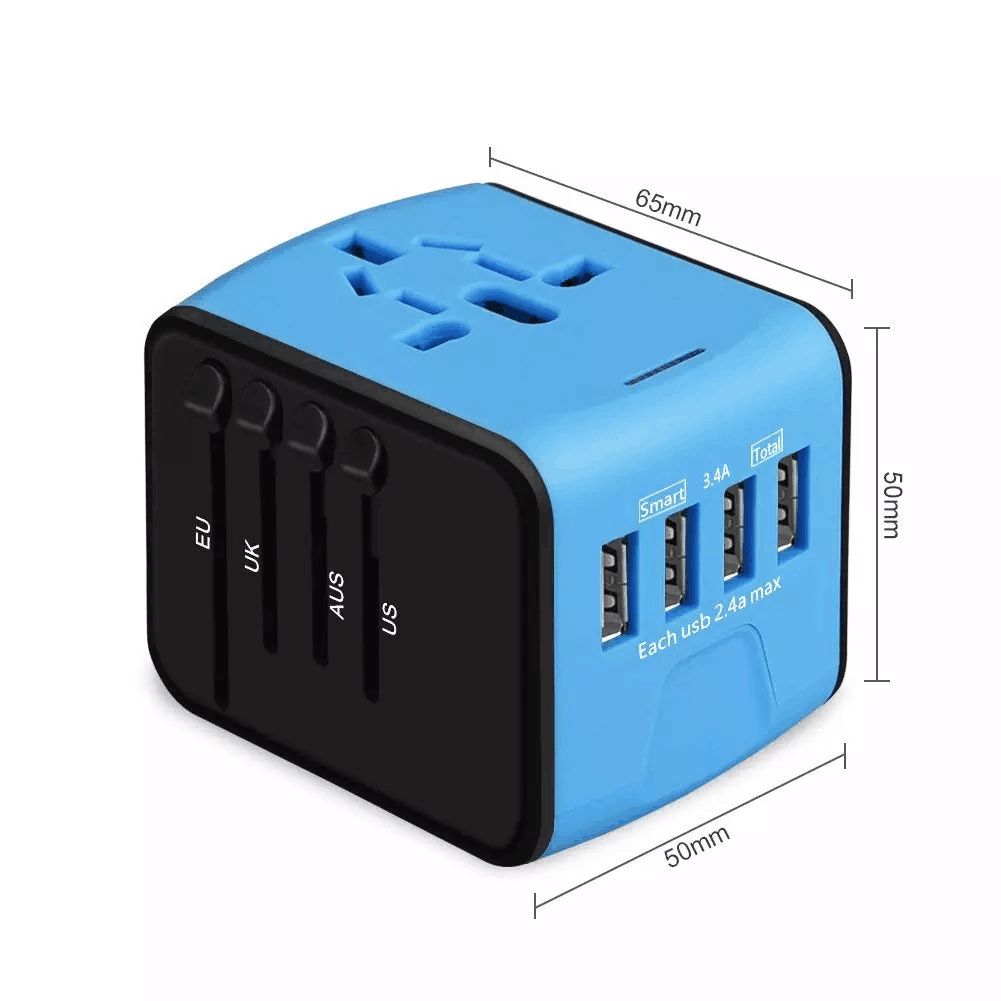
Answer: The current conversion plugs all have their own adaptable transformer function, which can support the voltage in the range of 100V-220V. As long as there is a conversion plug, there is no need to bring another transformer. The transformer is very heavy.
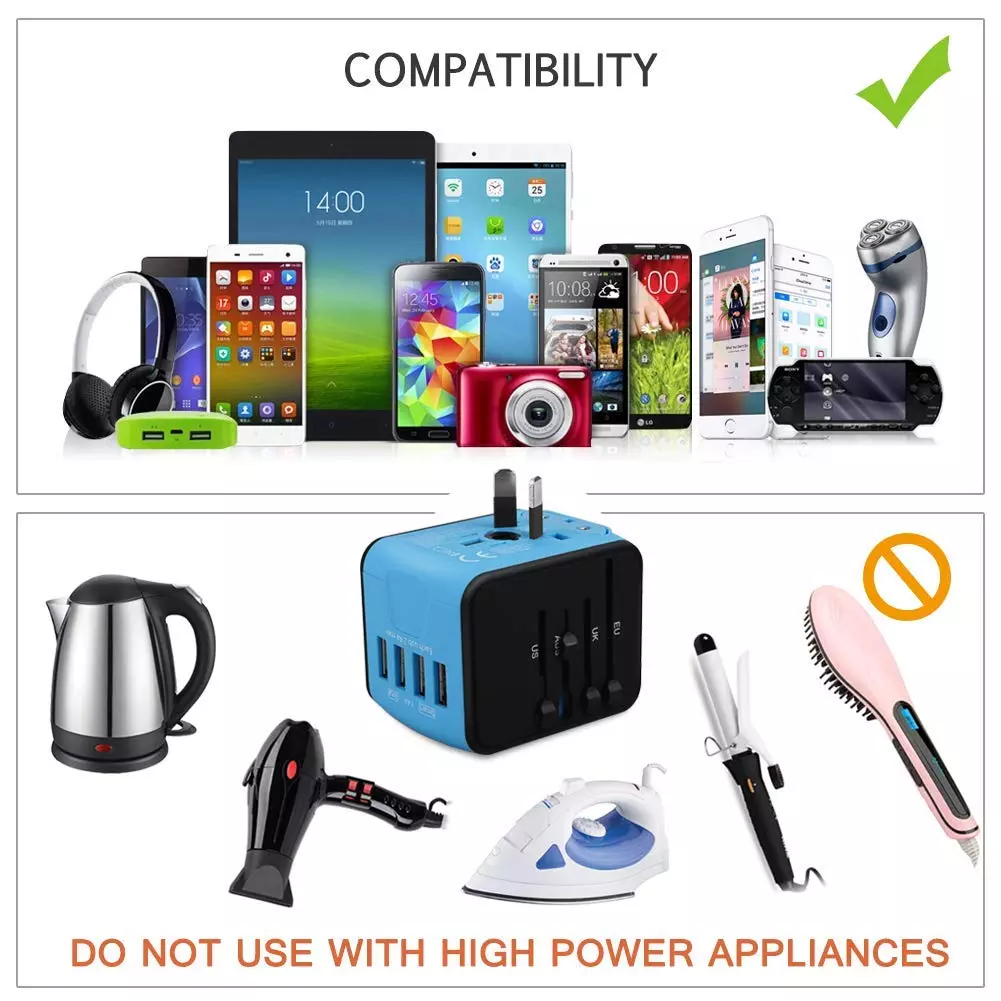
I hope my articles on voltages and plugs in various countries are helpful to you, making it easy for you to choose chargers and travel abroad


